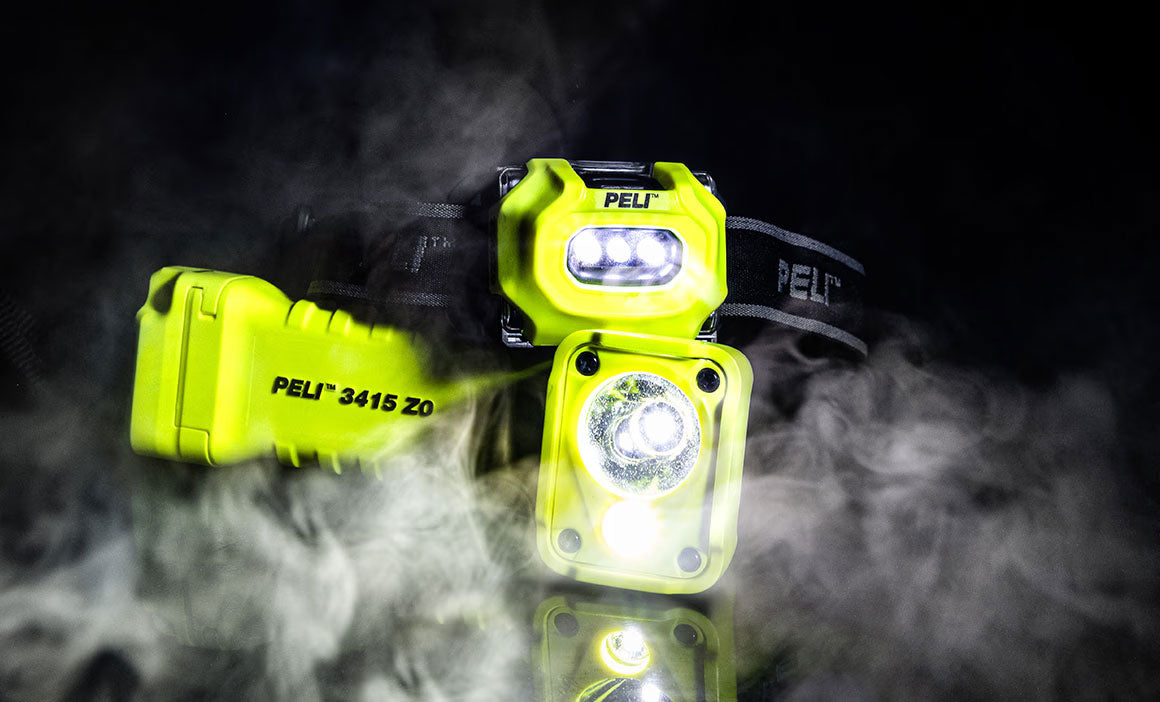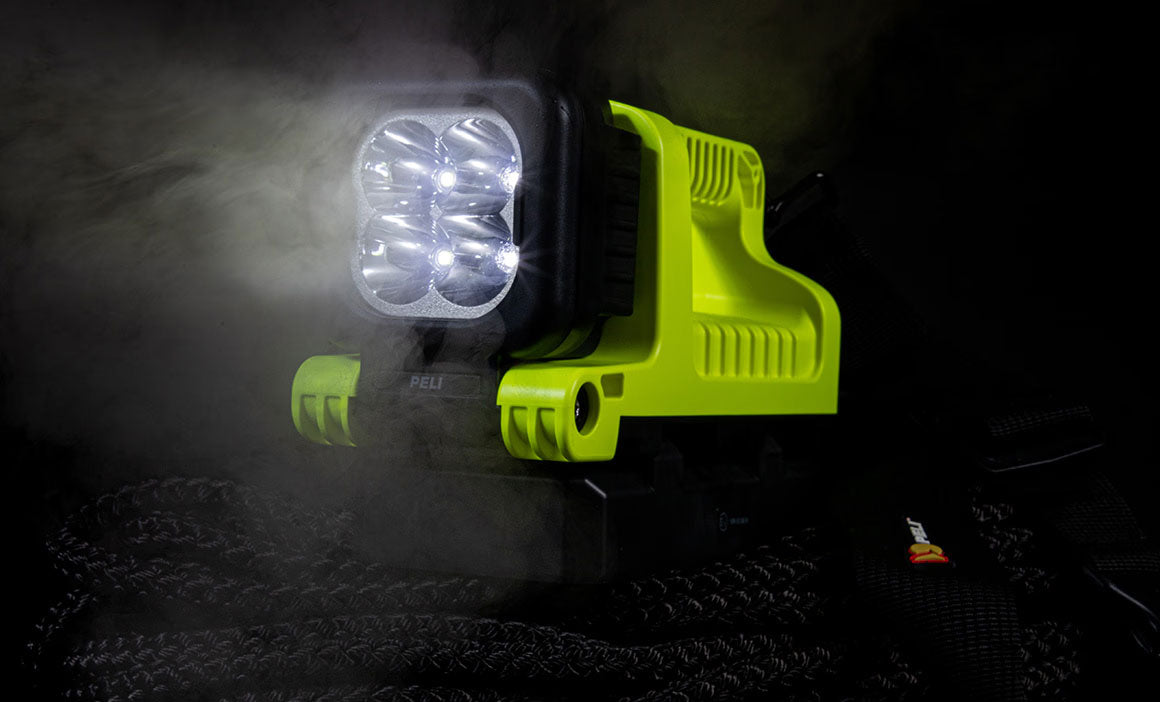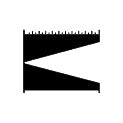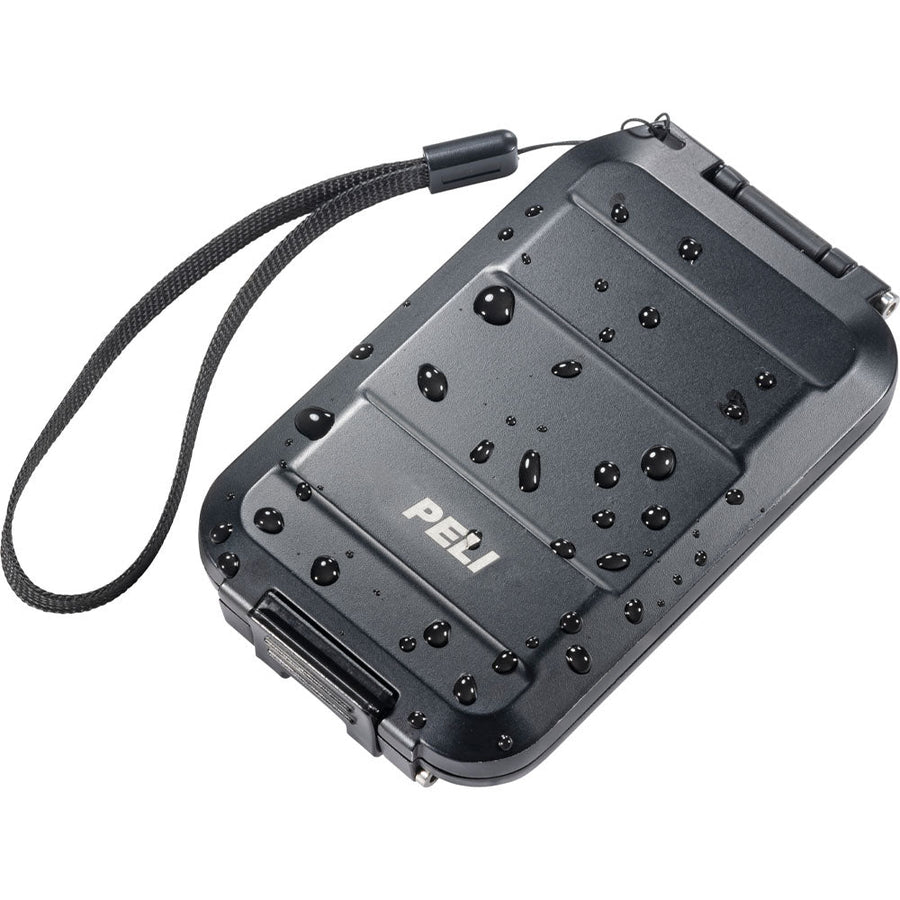ANSI/NEMA FL1 Standards
The American National Standards Institute (ANSI) coordinates US standards with international standards so that American products can be used globally.
What is ANSI?
ANSI, or the American National Standards Institute, is a non-profit testing standards institution and official voice of the United States in international standards bodies. ANSI is well-known for overseeing the development of standards used to test and communicate the benefits and features of products and services; in this case, lighting, so that products made in the United States can be used all over the world.
ANSI does not develop the standards itself but sets the rules for the development of the standards and their use, oversees the processes and approves the final product.


ANSI Standards
For lighting products, the ANSI standards measure the qualities of light, as explained below:

Light Output
The total luminous flux, or simply, brightness. The total amount of emitted overall light energy as measured by integrating the entire angular output of the portable light source. Light output in this standard is expressed in units of lumens.

Beam Distance
The measurement of distance the light from the device will travel. Beam distance is calculated as how far the light beam will shine until it diminishes at 0.25 lux (the approximate equivalent of the light emitted from the full moon “on a clear night in an open field”).

Peak Beam Intensity
The maximum luminous intensity typically along the central axis of a cone of light. The value of this measurement does not change with distance and is reported in Candela.

Run Time
The duration of time that the light will run. This is measured from 30 seconds after the device is first switched on (using fresh batteries), until the light output reaches 10% of the initial rated battery output, rounded to the nearest quarter hour.

Why ANSI Standards are Important
ANSI standards are important because the facts and figures reported in testing need to be approved before a product is released. ANSI also approves the processes that regulate the testing to ensure manufacturers are adhering to specific testing procedures. This prevents manufacturers from being dishonest about the specifications of their product, such as the number of lumens, run time, etc.
For example, ANSI standards measure light output (lumens) 10 seconds after turning on a torch, so the manufacturer can only quote the lumen level measure after this time, but some manufacturers will quote the peak lumen level, which is emitted immediately on switching on the device and will diminish over a short period of time. ANSI standards safeguard customers against these kinds of practises.
Peli Torches & Lighting
All Peli torches and lighting products are tested and adhere to ANSI standards. Each torch comes with the Peli Lifetime Guarantee, while an extended warranty covers area lighting products, so you can rest assured that your purchase is that of a quality product.





